Before the world was taken by storm by HBO’s ‘Game of Thrones’, the genre of fantasy was under the monopoly of JRR Tolkien’s ‘The Lord of the Rings‘. Directed by Peter Jackson, the trilogy was not only a huge commercial hit but also became a critical success story, with ‘The Return of the King’ becoming one of the only films with the most Academy Award wins. Tolkien’s stories not only profited from its bestselling books and movies that made billions of dollars, but they also inspired other writers like George R.R. Martin and J.K Rowling, who went on the create successful franchises of their own.
Even after all this time, Tolkien’s stories are read by people worldwide, and a new chapter has been added to them with the arrival of Amazon’s ‘The Lord of the Rings: The Rings of Power.’ Created by Patrick McKay and John D. Payne, the series creates a completely new world for the audience, separate from the movies and the books but connected to them. With something that has proved to be so influential, you might wonder where Tolkien’s world originated. What influenced him to write ‘The Lord of the Rings’? Is it based on true events? Here’s what you should know about it.
Tolkien’s Tapestry: Weaving Myth into Fiction
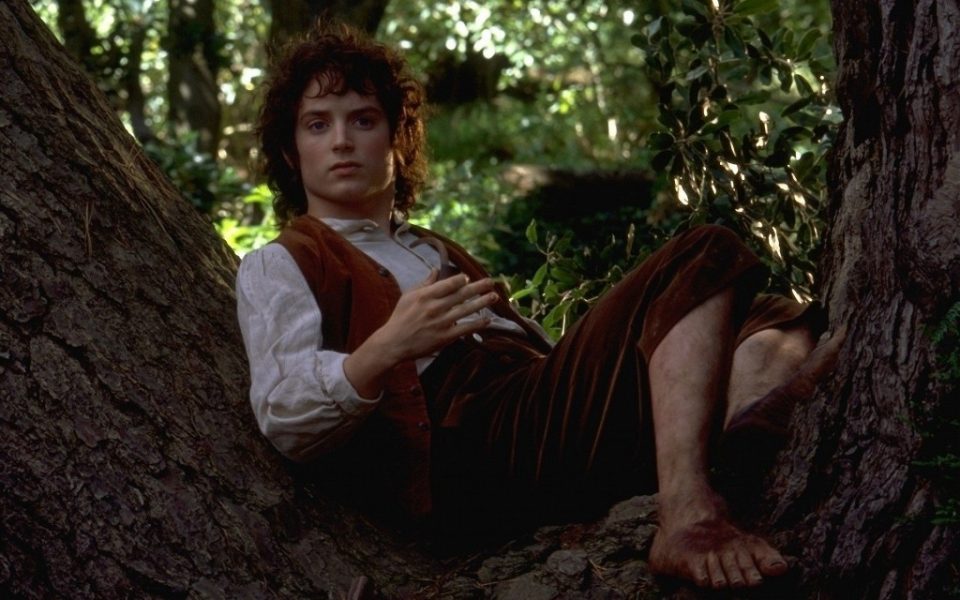
No, ‘The Lord of the Rings’ is not based on a true story. It is a fantastical tale about elves, dwarves, and dragons concocted by J.R.R. Tolkien. It is clear that the events in his stories are not historical in nature and, so, are not based on any true events. However, every storyteller needs inspiration, especially when it comes to creating such a sprawling universe, and Tolkien found his source in various mythologies and literature that came before him.
The Inspirations for The Hobbit and The Lord of the Rings
The story of ‘The Lord of the Rings’ begins with ‘The Hobbit’ and the idea for the story came to Tolkien one fine day when he was marking papers. A sudden inspiration struck him, and on a blank paper, he wrote the first line of the novel that would turn into a masterpiece in the fantasy genre. It took him a couple of years, but he finished the story, which found critical and commercial success on its release. Some of the clear influences on Tolkien, which he also admitted, were the likes of ‘Beowulf’, ‘The Black Douglas’ and ‘The Princess and the Goblin’. He was also particularly impacted by the works of William Morris and The Brothers Grimm.
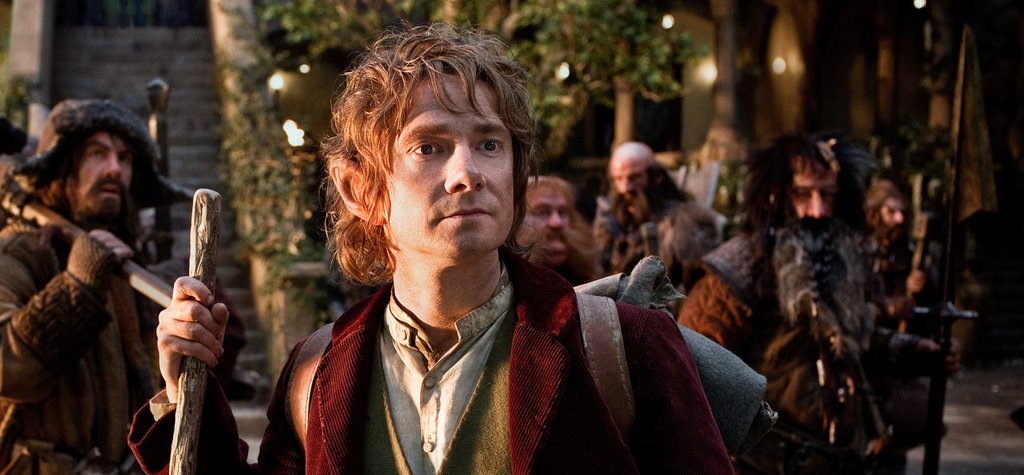
The world of ‘The Hobbit’ and ‘LOTR’ has all sorts of magical beings, most of whom were already available to the author. He drew things from Norse mythology, Germanic legends, Slavic, Celtic, and Greek mythology. Being a linguist also allowed him to use his knowledge of varied languages to create distinct voices for every species that appears in his stories, which also find their roots in Christianity and Judaism. It is believed that Tolkien’s knowledge of Jewish history informed the characteristics as well as the backstory of the dwarves in ‘The Hobbit’.
Apart from this, Tolkien also tied some of his own experiences into the story. He had fought in the First World War and his experience in the trenches allowed him to create a better picture of the wars that take place in the LOTR universe. The urbanization of Worcestershire, where he’d spent his childhood, is reflected in the change that Sauron brings to his own world. The themes of militarisation and industrialization are also thrown into the mix.
After the success of ‘The Hobbit’, the publishers were very keen for Tolkien to write a sequel. It took some time for him to figure out where he wanted to pick up the story for ‘The Fellowship of the Ring’, but once the idea formed in his mind regarding the Ring and its powers, things progressed on their own. On the side, Tolkien had also been writing some other stories, related to but independent of ‘The Hobbit’ and ‘LOTR’, compiled in ‘The Silmarillion’ which serves as a prequel to ‘The Hobbit’.
What is Amazon’s The Rings of Power Based On?
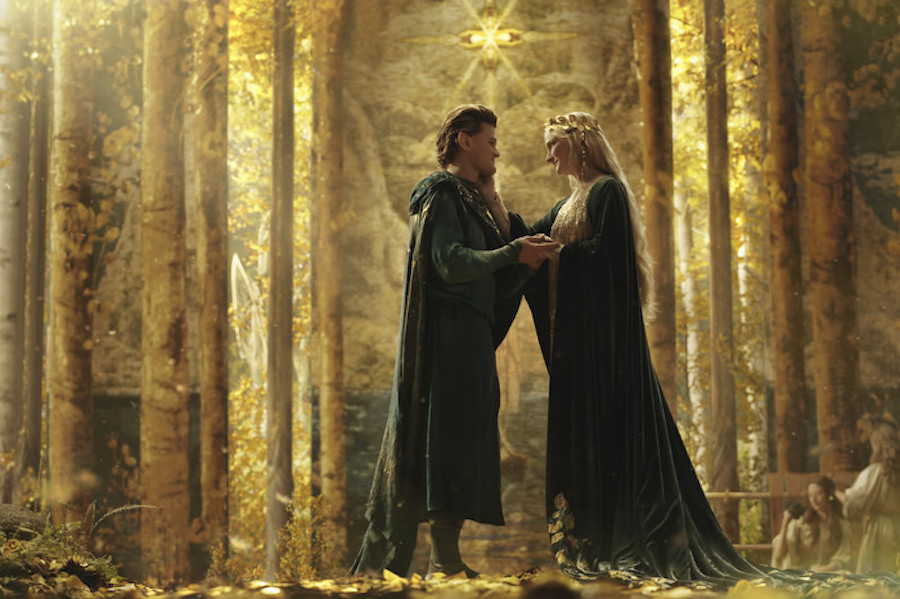
When Amazon won a bidding war for Tolkien’s stories, it got the rights to the ‘LOTR’ trilogy, ‘The Hobbit’, and the appendices, which serve as a roadmap to the history of its universe. It did not secure the rights to other works in the shared universe, like ‘The Silmarillion’, ‘Unfinished Tales’, and ‘The History of Middle-Earth’. This meant that the writers had very little to sketch new stories from as they couldn’t take something from the other books that were not available to them. On top of that, according to Indie Wire, Amazon only has permission to create a story in the Second Age, as opposed to The Third Age, where ‘The Hobbit’ and ‘LOTR’ are set.
This meant that they couldn’t use the characters that would not be present in the Second Age. They did, however, have the liberty to create new characters and build upon the questions that hadn’t already been answered in Tolkien’s works. “What has Sauron done in the meantime? Where was he after Morgoth was defeated? Theoretically, Amazon can answer these questions by inventing the answers since Tolkien did not describe it. But it must not contradict anything which Tolkien did say. That’s what Amazon has to watch out for. It must be canonical, it is impossible to change the boundaries which Tolkien has created. It is necessary to remain ‘Tolkienian’,” said Tom Shippey, a Tolkien scholar and ‘LOTR’ consultant.
While this restriction might have created problems for any average Tolkien fan, for J.D. Payne and Patrick McKay, there was already enough material available within the legal limits on which to create a new story set in the Second Age. “There’s a version of everything we need for the Second Age in the books we have the rights to. As long as we’re painting within those lines and not egregiously contradicting something we don’t have the rights to, there’s a lot of leeway and room to dramatize and tell some of the best stories that [Tolkien] ever came up with,” McKay told Vanity Fair.
The duo used everything from songs about Second Age characters in ‘The Hobbit’ and ‘LOTR’ to prologues or any other source in the books that delved significantly into the history of Tolkien’s world. Every detail and every name, no matter how minor or inconsequential, was important. “We took all these little clues and thought of them as stars in the sky that we then connected to write the novel that Tolkien never wrote about the Second Age. We worked in conjunction with world-renowned Tolkien scholars and the Tolkien estate to make sure that the ways we connected the dots were Tolkienian and gelled with the experts’ and the estate’s understanding of the material,” Payne said.
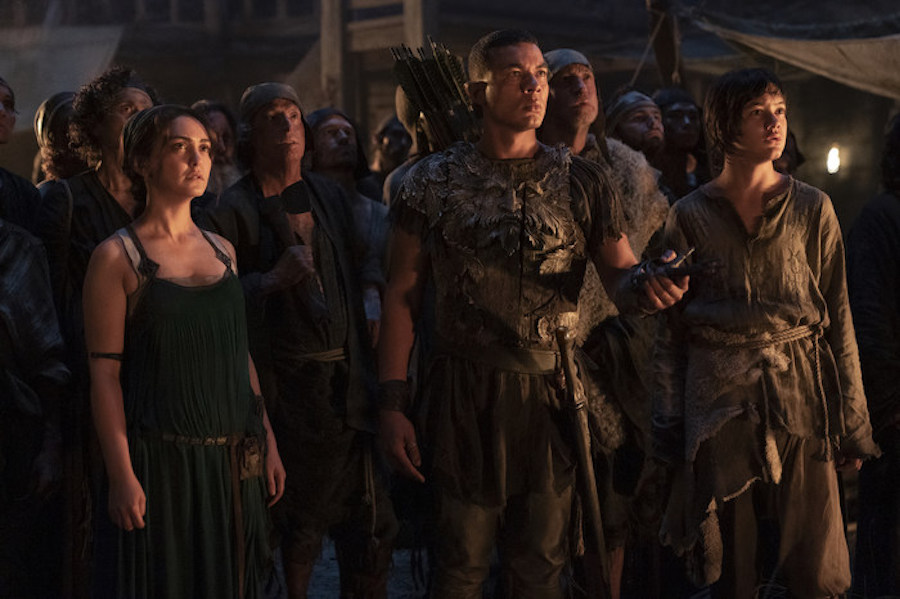
What eventually turned out was the storyline that takes place thousands of years before the events of ‘The Hobbit’, which is set around the end of The Third Age. This was the time that focused on the formation of the rings as well as the rise of Sauron. “‘The Rings of Power’ unites all the major stories of Middle-earth’s Second Age: the forging of the rings, the rise of the Dark Lord Sauron, the epic tale of Númenor, and the Last Alliance of Elves and Men. Until now, audiences have only seen on-screen the story of the One Ring, but before there was one, there were many,” said the creators.
In keeping with the spirit of Tolkien’s writing, McKay and Payne knew that language would become an important tool in telling the stories in ‘The Rings of Power’. They knew that Tolkien was heavily influenced by several languages, which showed in the way his characters talked. So they made sure that the elves and the dwarves, the humans and the harfoots, everyone had their own tone and manner of speaking, a distinct accent if you will. “We even came up with hero meters for each different race in Tolkien. Some of them will speak in iambs. Some of them will speak in dactyls. Some of them will speak in trochees,” Payne said.
The fact that both the writers come from religious backgrounds also helped their cause. “I spent a lot of time just reading those sacred texts. I was an English major at Yale and loved Shakespeare at the time and still go back and reread the various plays. I’ve also spent a lot of time studying Hebrew poetry and parallelism and inverted parallelism and chiasmus and all these cool rhetorical strategies that poets and prophets from thousands of years ago would use to communicate sacred material. And Tolkien, sometimes, will play in that kind of a sandbox,” Payne added.
Considering all of this, we can say that while ‘The Lord of the Rings’ and its universe might not be based on real events, a lot of research and work has gone into it to make it look as real and grounded as possible, something that the audience can relate to and love, even though it is clearly set in a fantasy world.

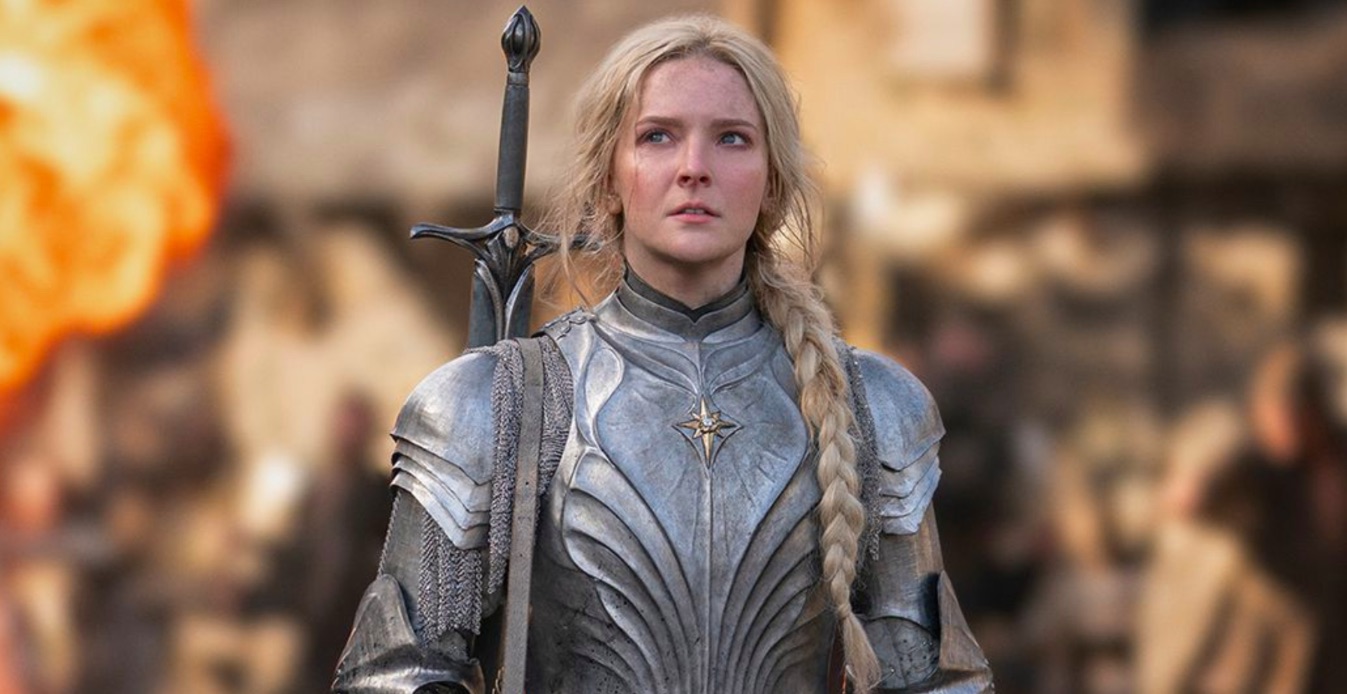
You must be logged in to post a comment.